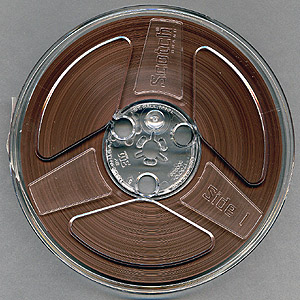
From that article Dr. Reis from Stanford explains:
Podcasts do not need to contain the full information from a 60-to-90 minute lecture. San Juan College is experimenting with "microlectures," a traditional lecture in which key concepts and themes are condensed down to a one to three minute segment (Shieh, 2009, p. 1). Some faculty find that a three-to-five minute audio clip is an optimum podcast length, similar to the length of a song students listen to on the radio (Walsh, 2004). Because microlectures are limited in the amount of content they can convey, students are required to complete their learning with additional readings and assignments. Pedagogical limitations include situations where a prolonged discussion or explanation is necessary, such as when solving mathematical problems, extending English literature discussions, and explaining complicated processes.
But how intriguing are the possibilities that result from all of the creative uses of podcasting as a learning tool? It reminds me of a section of Grad 602: Teaching and Technology in Higher Education, which focused on learning through generating content. If we can help students to create content, not only will they be learning as they do it, but they will be writing the "textbooks" that the students who follow after them will use. By bringing the textbook authorship back to the people who are learning, you will produce a more relevant and discernible learning aid.